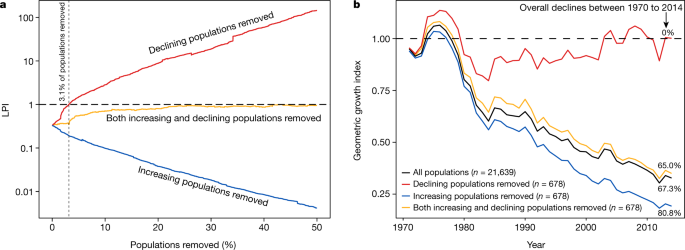
Abstract: "As the Year of the Tiger begins on February 1, a coalition of six top NGOs is committing to a cooperative approach to save the iconic big cat. In the past 12 years, tigers increased significantly in some areas but disappeared from others: a close assessment of these trends is key in advance of the next Global Tiger summit in September 2022. The authors from IUCN, FFI, WCS, WWF, Traffic and Panthera argue that ambition must increase but also that funders must support collaborative efforts instead of the status quo/competitive model of funding conservation."
